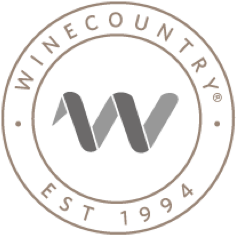- 30
- 0
Syrah Shows That Change Is Intrinsic to American Wine
But just a short time ago, almost none of them were on the horizon. In fact, some of the grapes we now take for granted were still struggling for a place in American wine.
Take Syrah. In the early 1970s, there were a few Syrah vines scattered here and there in northern California, but they were usually mixed in anonymously with other varieties. No one made anything with “Syrah” on the label. The University of California at Davis had vines which it had propagated from cuttings taken from a famed French vineyard in the northern Rhône Valley, but the faculty was divided on whether Syrah was worth planting in California. So the vines remained in the university’s teaching vineyard.
Enter a PhD student named Gary Eberle, who had been introduced to Australian Syrah by fellow student Brian Croser. (Both are now icons of their respective winegrowing regions, Paso Robles in California and Coonawarra in Australia). Eberle wanted to grow Syrah when he graduated, but didn’t want to go through the expensive and lengthy process of importing vines from outside the country. Finally a faculty member told Eberle he would teach him to prune Syrah vines “in case he ever had some of his own.” When the lesson was over, the professor said to Eberle over his shoulder, as he left him alone in the university vineyard, “Make sure you clean up those cuttings, young man.”
Eberle understood perfectly. He picked up the cuttings and took them to Doug Meador at Monterey County’s Ventana Vineyards, to graft onto rootstock and propagate. Beginning in 1975, Eberle eventually planted 40 acres of Syrah in his family’s vineyard along the Estrella River east of Paso Robles.
He sold his first vintage of Syrah to curious retailers and restaurateurs, but when he came back with the second vintage, he got a surprise. “Some people still hadn’t been able to sell the first few bottles they had,” Eberle recounts with a wry smile. “It was a rude awakening.” He persisted in making and selling his inky new wine with the bold, meaty flavors. He also convinced other vintners to try it, usually by providing the budwood they needed to get started.
Today the majority of Syrah vines in California are believed to descend from Eberle’s original Estrella River plantings. In the 1990s, acreage of Syrah in California doubled for five years in a row. Syrah’s sales are now growing at double-digit rates, and it’s hard to find a wine shop, grocery store, or serious wine list without it.
So if you ever find Syrah in a box, under a screwcap, or named for a pedaled conveyance, remember: it’s not just the packaging that’s taken America by storm.









